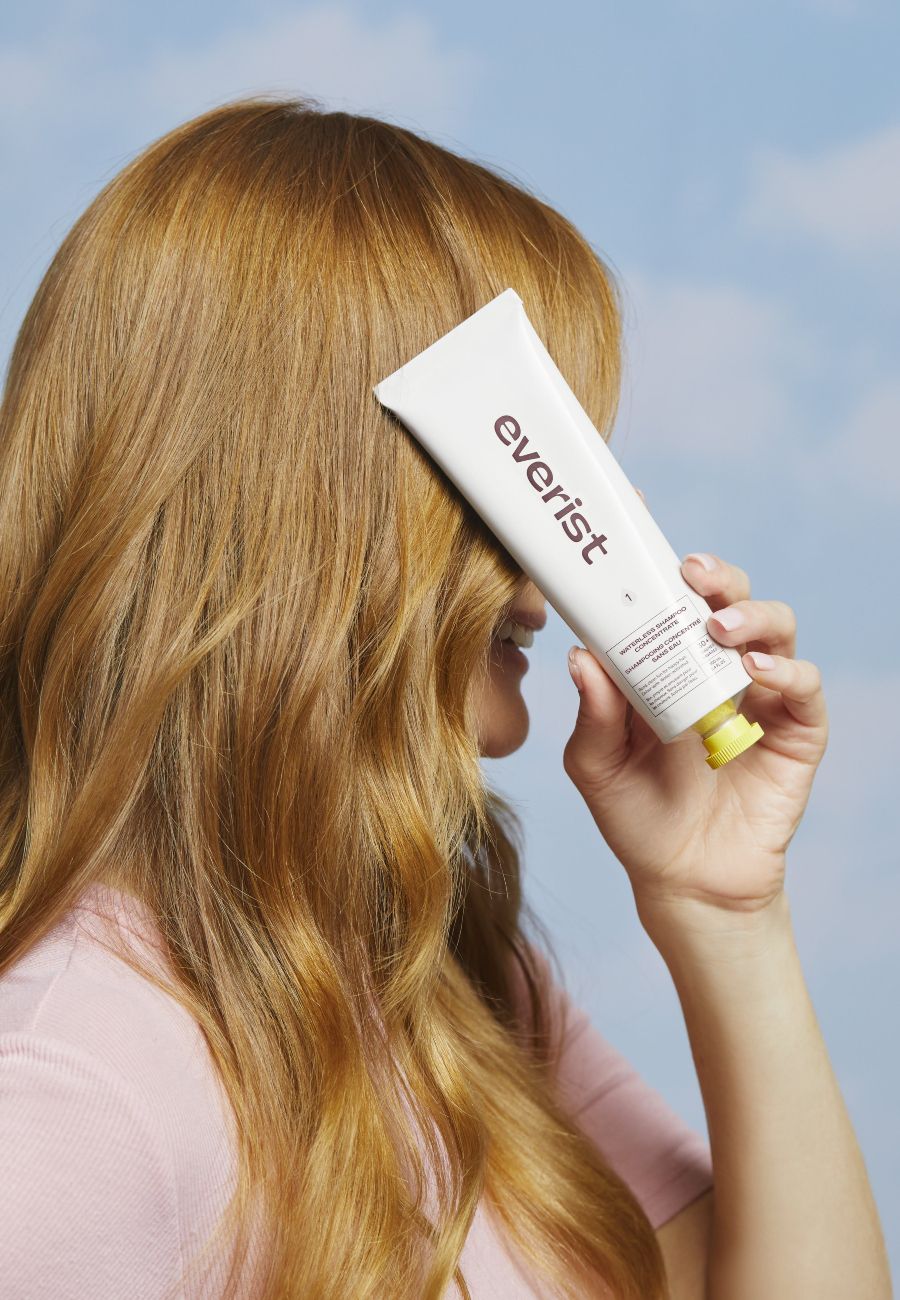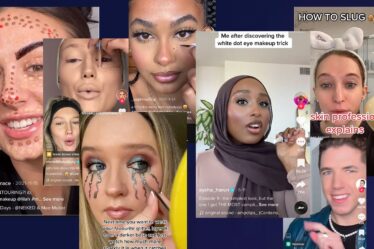
Away is reportedly looking for a buyer — but that wasn’t necessarily the brand’s first choice for an exit.
The luggage maker had previously considered going public in 2021. But in February, Bloomberg reported that Away was changing course and had hired bankers to explore options, including a sale. Away declined to comment.
It was a warning sign to DTC brands: in today’s market, you take what you can get.
“Because of the status of the world, [there’s a] more limited set of options that people can explore today,” said Lee Helman, managing director at investment bank Financo Raymond James, which advises DTC brands.
The pandemic e-commerce boom has faded, initial public offerings are few and far between and investors are skittish about doling out cash, especially at the pumped-up valuations seen in 2021. Victoria’s Secret’s $400 million acquisition of digital-native intimates brand Adore Me, completed in January, is the exception, not the rule. For DTC brands already on the public market, the signs are similarly bleak: companies such as jewellery maker Brilliant Earth, sneaker seller Allbirds and consumer-goods merchant The Honest Company have seen their stocks drop more than 50 percent from their 2021 IPO prices.
Still, it’s not all bad news. Share prices for most DTC brands have at least partially recovered from last year’s lows, and the worst economic forecasts haven’t yet come to pass. Investors say with a few adjustments, both emerging and established DTC brands have a path to make it through the downturn. Brands that are already profitable or have a clear path to get there can simply wait for an open IPO window while leaning on existing investors for capital to help drive growth in the meantime. Underperforming publicly traded brands may be taken private to improve their bottom lines without public-market scrutiny. Emerging start-ups, also attracting acquisition attention, are devising their exit plans earlier on in their life cycles.
“There are many healthy DTC businesses that aren’t in that danger zone,” said Manica Blain, an investor who invested in DTC scrubs maker Figs and outdoor-wear label Cotopaxi through her prior fund, Campfire Capital. “If you are profitable, have a viable business model … an existing investor [is] happy to write you a check.”
Building Bridges
Amid heightened scrutiny from venture-capital firms, companies that raise money from new investors risk doing so at lower valuations than in previous rounds of funding. To prevent this from happening, many are going to their existing investors for a small cash infusion in what is often referred to as “bridge rounds,” an interim funding round that can be done without changing valuation, investors say.
A bridge round “helps you get to the next chapter,” said Brian Spaly, general partner at Brand Foundry Ventures, which has invested in footwear label Clove and men’s grooming brand Harry’s. “The number one reason to use a bridge round is because there will be meaningful discovery and learning about the potential of the business.”
Additional capital will ideally fund growth initiatives that simultaneously drive down costs, such as expanding store fleets to escape rising customer-acquisition costs on social media or introducing warehouse automation to decrease headcount.
Cosmetics brand Iris&Romeo, which has raised $6.5 million since 2018, closed a bridge round last November at an undisclosed sum to help fund its retail expansion through clean-beauty focussed multi-brand retailer Credo, as the company sees physical retail as a profit driver. The money from the round, led by NewBound Venture Capital with participation from other existing investors, went toward inventory and hiring a team that visits Credo stores to educate sales staff on the attributes of Iris&Romeo’s skin-care-infused makeup.
“Our bridge round was focused on proof of concept at retail,” said Tara Desai, chief executive of Iris&Romeo. “Being able to decrease [customer-acquisition costs] through a network of retail stores is definitely a path to profitability.”
Seeking a Buyer
As private start-ups raise small rounds to invest in strategies that will widen their profit margins, many of their publicly traded counterparts are losing money and seeing their share prices fall. In 2023, the hardest-hit brands may look to escape the scrutiny of the public market.
“The ones that are public that are trading below IPO price are going to be acquisition candidates,” said Arash Farin, managing director at investment bank Sage Group, which has advised Bombas, MeUndies and Chubbies on investments and exits. “It’s going to take so long for them to get back to IPO price.”
Investors say private-equity firms are eager to slide in and take them off the market. Large brands and retailers, such as Macy’s or Nordstrom, may also be interested in these brands as a way to spruce up their own digitally savvy offerings, increase foot traffic or further resonate with certain demographics.
These public brands may also consider merging with similarly sized competitors to consolidate operations and costs and more quickly reach profitability, Farin added.
Brands like Away, who are unlikely to fetch a sales price at the valuations they once secured, find themselves in a trickier spot. Investors say the best solution for these companies is to wait for the economy to improve before exiting and improve their profit margins in the meantime, which could help shake investors’ fears that digital brands need to lose money to scale.
Who may benefit, however, is early-stage brands, especially those with founders who’ve worked for large corporations before.
“When you wait until a brand is too big for acquisition, it doesn’t make sense anymore,” Blain said. “It’s front and centre for founders not to wait too long to have those discussions.”
As such, more younger stage companies are growing their businesses with an exit in mind.
Hair care start-up Everist, which was founded by former L’Oréal and Revlon executives and generates less than $10 million in annual sales, drives most of its sales with organic traffic instead of paid media and went wholesale for wider distribution just months after launching to keep operating costs low. Although the brand predicts it’s still years away from selling the business, it hopes those attributes will help lay a foundation to make it an attractive acquisition target.
“We are having preliminary conversations with people,” said Jessica Stevenson, co-founder and CEO of Everist. “[We’re] building those relationships, so when time comes, you already established it. It’s a natural partnership and not a posturing exercise.”



